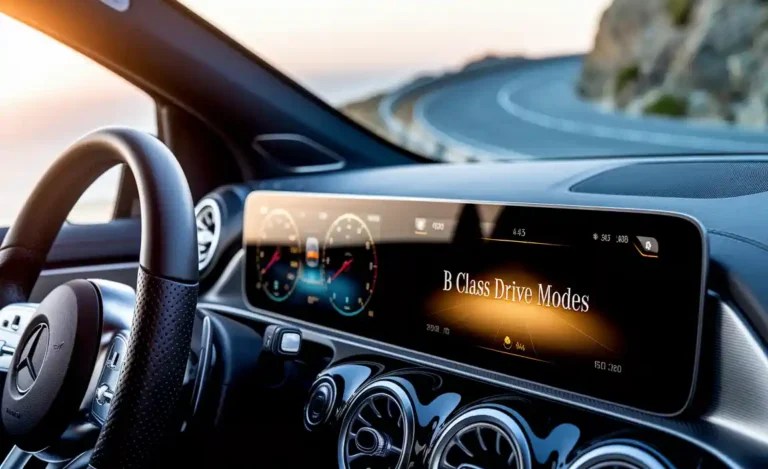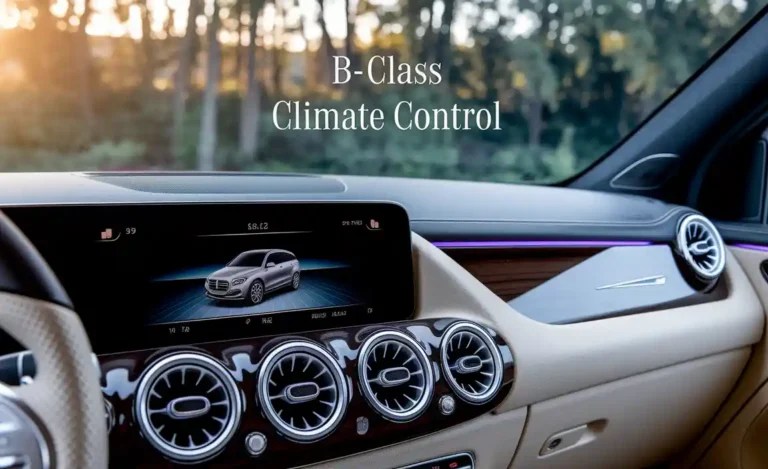B Class Intercooler: Effortless Performance
An upgraded intercooler for your B-Class Mercedes-Benz can significantly enhance engine performance and efficiency by cooling the intake air more effectively, leading to a more powerful and responsive driving experience. It’s a smart upgrade for those seeking better performance.
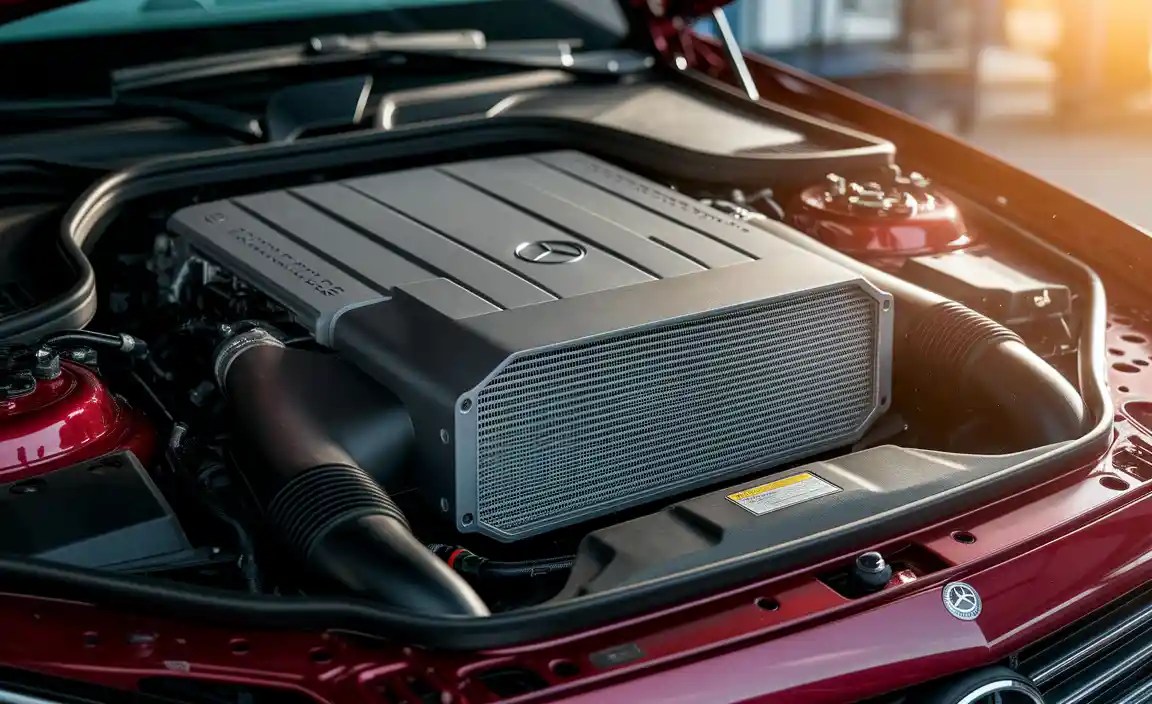
The hum of a Mercedes-Benz B-Class is a sound of refined engineering. But what if you’re craving just a bit more pep from your turbocharged engine? You’ve likely heard about performance upgrades, and one that often surfaces is the intercooler. For many B-Class owners, the idea of modifying their luxury compact might seem daunting, especially when it comes to engine components. You might wonder if it’s worth the hassle or if it’s even suitable for your daily driver. We understand that feeling, but the good news is that upgrading your B-Class intercooler can be a surprisingly straightforward path to noticeable performance gains, without compromising reliability. In this guide, we’ll demystify what an intercooler does, why upgrading is beneficial for your B-Class, and what to expect from this popular enhancement.
Understanding Your B-Class Intercooler: The Basics
At its core, your Mercedes-Benz B-Class, particularly if it’s a turbocharged model, relies on an intercooler to keep its engine running optimally. So, what exactly is this component and why is it so important for performance?
What is an Intercooler?
An intercooler, sometimes called a charge air cooler, is essentially a heat exchanger. Its primary job is to cool down the hot, compressed air that comes from the turbocharger before it enters the engine’s cylinders. Think of it like a radiator for your engine’s air intake.
How Does a Turbocharger Work (and Why it Gets Hot)?
Your turbocharged B-Class uses exhaust gases to spin a turbine, which in turn spins a compressor. This compressor forces more air into the engine than it could naturally ingest. More air means more fuel can be burned, resulting in more power. The catch? Compressing air makes it hotter. Very hot air is less dense, meaning it has fewer oxygen molecules packed into the same volume compared to cooler air. This is where the intercooler steps in.
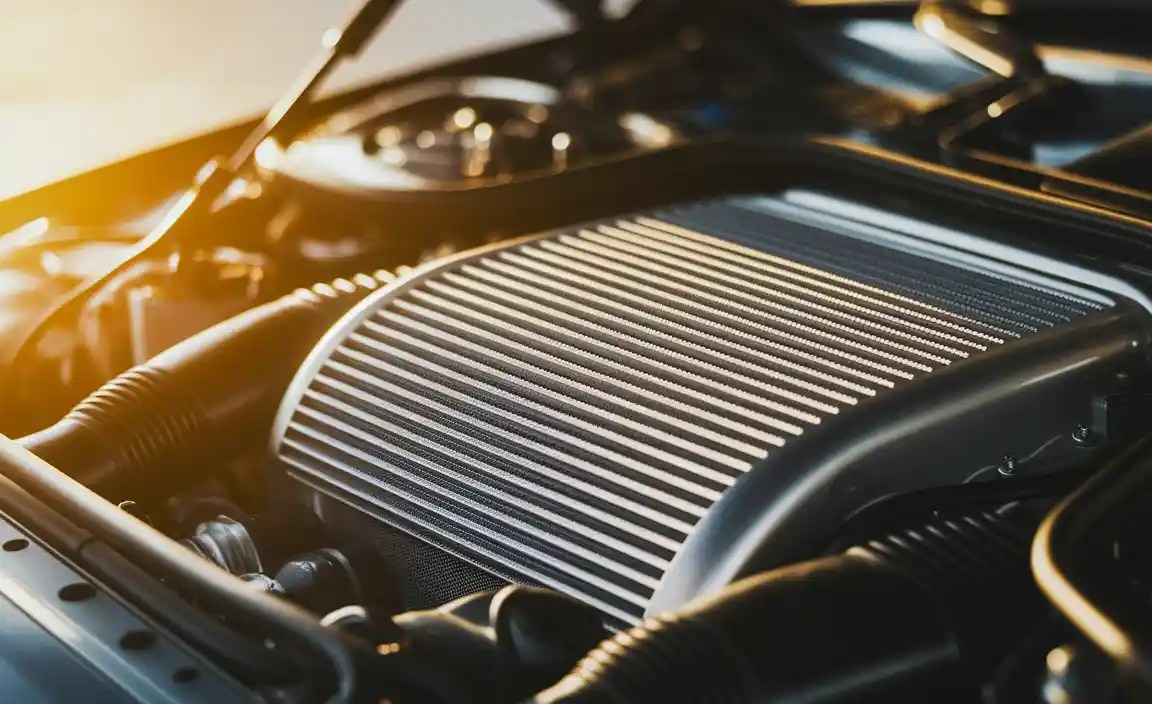
The Intercooler’s Role: Cooler Air, More Power
The intercooler sits between the turbocharger and the engine’s intake manifold. As the hot, compressed air from the turbo passes through the intercooler’s fins, it’s cooled down, often by ambient air flowing through the intercooler’s external fins or by a coolant system in some designs. Cooler air is denser. Denser air contains more oxygen. More oxygen allows the engine to burn more fuel efficiently, leading to:
- Increased horsepower and torque.
- Improved throttle response.
- Reduced risk of engine detonation (knocking) due to lower intake temperatures.
- Potentially better fuel economy under certain driving conditions.
Why Your B-Class Might Benefit from an Upgraded Intercooler
Your B-Class likely came equipped with a factory intercooler designed to meet the demands of everyday driving and Mercedes-Benz’s rigorous standards for refinement and efficiency. However, for those who push their vehicles a bit harder, or simply want to extract more potential, an aftermarket intercooler can offer significant advantages.
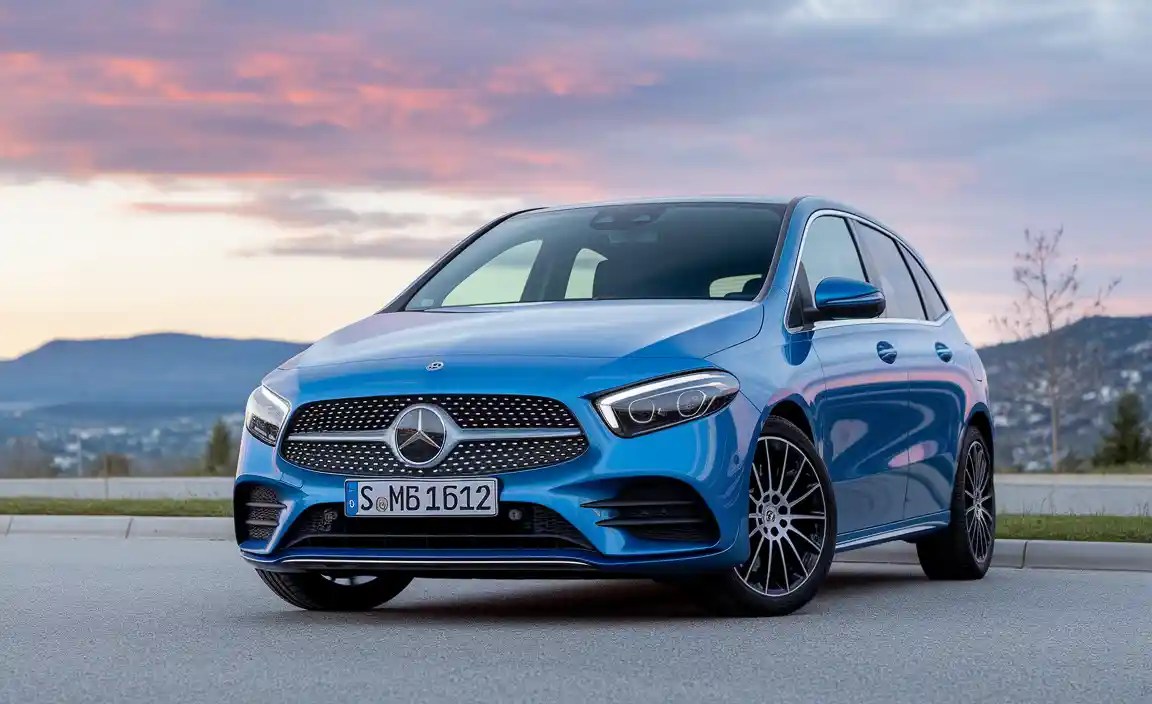
Stock vs. Performance Intercoolers
Factory intercoolers are typically designed with cost and packaging constraints in mind. They are usually air-to-air designs and are often smaller than performance units. While adequate for normal operation, they can become a bottleneck under demanding conditions or after other performance modifications, such as a tune. Performance intercoolers, on the other hand, are engineered for maximum cooling efficiency.
Key Advantages of an Aftermarket B Class Intercooler:
- Increased Core Volume: Performance intercoolers often feature a larger core size, providing a bigger surface area for heat dissipation.
- More Efficient Fin Design: The internal and external fin structures are optimized for better airflow and heat exchange.
- Bar-and-Plate Construction: Many performance units use a robust bar-and-plate design, which is generally more efficient and durable than tube-and-fin designs found in some OEM intercoolers.
- Reduced Airflow Restriction: Better internal design means less resistance to airflow, allowing the turbo to work more efficiently.
When an Upgrade Becomes Necessary
If you’ve noticed a slight decrease in power after prolonged spirited driving, or if you’ve added other performance enhancements like an ECU tune, your stock intercooler might be struggling to keep up. An upgraded intercooler ensures that the benefits of your other modifications aren’t negated by hot intake air.
Choosing the Right B Class Intercooler
With the variety of options available, selecting the right intercooler for your B-Class can seem like a puzzle. Here’s what to consider to make an informed decision.
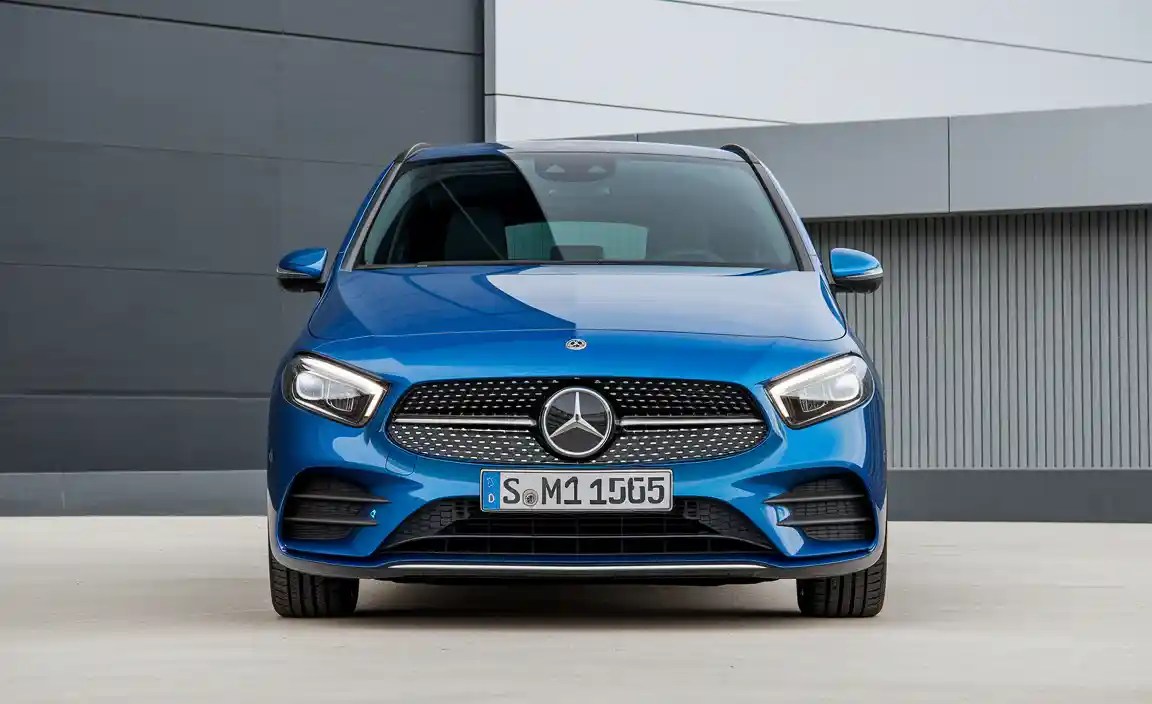
Consider Your B-Class Model and Engine
Mercedes-Benz offers various B-Class models with different engine configurations. Ensure the intercooler you choose is specifically designed for your exact B-Class chassis (W246, W247, etc.) and engine code (e.g., M270, M260). Manufacturers will list compatibility clearly.
Types of Intercoolers
While most B-Class intercoolers are air-to-air, some highly specialized applications might involve air-to-water systems. For typical B-Class upgrades, you’ll be looking primarily at:
- Front-Mount Intercoolers (FMIC): These are the most common type of upgrade, replacing the stock unit, which is often located behind the bumper or in front of the radiator.
- Top-Mount Intercoolers (TMIC): Less common for B-Class upgrades, these are mounted on top of the engine.
Key Features to Look For
When comparing different aftermarket intercoolers, consider these specifications:
| Feature | Description | Benefit |
|---|---|---|
| Core Size/Volume | Larger dimensions mean more surface area for cooling. | More effective heat dissipation, cooler charge air. |
| Bar-and-Plate vs. Tube-and-Fin | Bar-and-plate is generally more robust and efficient at heat transfer. | Improved cooling efficiency and durability. |
| End Tank Design | Smooth internal flow paths reduce turbulence and pressure drop. | Allows turbo to spool faster with less effort. |
| Material Quality | High-grade aluminum is standard for lightness and heat conductivity. | Long-lasting performance and reliability. |
| Fitment/Mounting Points | Direct replacement kits simplify installation. | Ensures proper fitment and reduces installation costs. |
Reputable Brands to Consider
Several well-regarded performance parts manufacturers offer intercoolers for Mercedes-Benz vehicles. Some names you might encounter include:
- Wagner Tuning
- Eventuri
- Alpha Performance
- Do88
Always check reviews and forums specific to your B-Class model to see which brands are consistently delivering excellent results.
The Installation Process: A DIY Approach (or Professional Help)
While some enthusiasts enjoy tackling these upgrades themselves, intercooler installation can be moderately challenging. Understanding the process can help you decide if it’s a DIY project for you or if you’ll need to enlist professional help.
Tools and Preparations
Before you begin, ensure you have the necessary tools. This typically includes;
- A comprehensive socket set and wrenches.
- Screwdriver set (Phillips and flathead).
- Pliers (various types).
- Trim removal tools (to avoid damaging plastic clips).
- Torque wrench (for reassembling components correctly).
- Jack and jack stands (if working from underneath).
- New hose clamps or zip ties, if needed.
Safety is paramount. Always work on a level surface, engage the parking brake, and use sturdy jack stands if lifting the vehicle. Consult your car’s service manual for specific torque values.
Step-by-Step Installation Guide (General Overview)
The exact process can vary between B-Class generations and specific intercooler kits, but here’s a general outline:
- Access the Stock Intercooler: This usually involves removing parts of the front bumper, undertrays, and potentially intercooler piping. Take photos as you disassemble to help with reassembly.
- Disconnect and Remove Old Piping: Carefully unbolt or loosen the clamps on the stock intercooler’s inlet and outlet pipes. Gently remove the piping.
- Remove the Stock Intercooler: Unfasten any mounting brackets or bolts holding the old intercooler in place. Carefully extract it.
- Prepare the New Intercooler: If your kit requires it, transfer any sensors or brackets from the old intercooler to the new one.
- Install the New Intercooler: Position the new intercooler in its designated spot. Secure it using the provided mounting hardware.
- Connect New Piping: Attach the new intercooler piping (often included in the kit) to the intercooler and the turbocharger/throttle body outlets. Ensure a snug fit.
- Secure All Connections: Tighten all hose clamps securely. Over-tightening can damage hoses, while under-tightening can lead to boost leaks.
- Reassemble: Reinstall any removed bumper components, undertrays, and trim pieces.
- Check for Obstructions: Ensure all lines and components are clear of moving parts.
- Test for Leaks: After installation, it’s highly recommended to perform a boost leak test. This involves pressurizing the intake system and listening for escaping air. A professional shop can perform this with specialized equipment.
When to Call a Professional
If you’re not mechanically inclined, uncomfortable working with automotive components, or if the installation seems overly complex for your comfort level, it’s wise to have a qualified Mercedes-Benz specialist or a reputable performance shop handle the installation. They have the experience and specialized tools to ensure it’s done correctly, minimizing the risk of damage or performance issues. Many shops offer intercooler installation as a core service. You can learn more about basic automotive maintenance at resources like the National Highway Traffic Safety Administration (NHTSA) for general safety guidelines.
Performance Gains and Driving Experience After Upgrade
So, what can you actually expect once you’ve upgraded your B Class intercooler? How does your Mercedes-Benz feel different?
Tangible Performance Improvements
The most noticeable difference will often be in how the car accelerates. With cooler, denser air entering the engine:
- Sharper Throttle Response: You’ll likely feel the engine react more quickly when you press the accelerator.
- Increased Pulling Power: The car might feel stronger throughout the rev range, especially under load or on inclines.
- Sustained Performance: Heat soak, where the intercooler can’t keep up with heat on consecutive hard runs, becomes less of an issue. Your car will maintain its performance for longer periods of spirited driving.
Impact on Fuel Efficiency
This is a nuanced point. Under normal, gentle driving, you might not see a significant change in fuel economy. However, because the engine is now more efficient at utilizing the air and fuel mixture, and because detonation is less likely with cooler air, you could see slight improvements under certain conditions. Conversely, if the increased performance tempts you to drive more enthusiastically, your fuel economy will naturally decrease. The intercooler itself doesn’t directly consume fuel; it enables more efficient combustion.
Reliability Considerations
A well-chosen and correctly installed aftermarket intercooler, designed for your B-Class, should not negatively impact the overall reliability of your Mercedes-Benz. In fact, by reducing intake air temperatures, it can actually help protect the engine from the damaging effects of excessive heat and detonation. Ensure you choose a quality product from a reputable brand and follow proper installation procedures. Regular checks for boost leaks remain a good practice.
Frequently Asked Questions (FAQ) about B Class Intercoolers
Q1: Will an intercooler upgrade void my Mercedes-Benz warranty?
A: Modifying engine components can sometimes affect warranty coverage for related parts. It’s always best to check your specific warranty terms or consult with your dealership. However, if the intercooler is installed professionally and doesn’t cause any demonstrable harm to other engine components, the impact might be minimal. Many owners upgrade their vehicles without issue.
Q2: How much horsepower can I expect to gain from an intercooler upgrade?
A: The horsepower gain depends heavily on your specific B-Class model, engine, and whether other modifications (like an ECU tune) are present. On its own, an intercooler might add anywhere from 5-15 horsepower. When combined with a tune, the gains can be more substantial as the tune can take advantage of the cooler, denser air.
Q3: Is an intercooler upgrade noticeable in everyday driving?
A: Yes, you’ll likely notice a difference in throttle response and how the car feels when accelerating, even in everyday driving. It might feel more eager and less prone to hesitation on acceleration.
Q4: Do I need an ECU tune to benefit from a new intercooler?
A: A tune is not strictly necessary to benefit from a new intercooler, but it allows you to unleash the full potential. The intercooler provides the engine with cooler air; a tune optimizes the engine’s fuel and ignition mapping to take full advantage of that cooler air for maximum power gains.
Q5: Are there risks associated with a B Class intercooler upgrade?
A: The primary risks involve improper installation, leading to boost leaks or damage to surrounding components. Choosing a quality intercooler from a reputable brand and ensuring professional installation or meticulous DIY work can mitigate these risks.
Q6: Can I install an intercooler myself?
A: For mechanically inclined individuals with the right tools and patience, yes, it is often a DIY-able project. However, if you’re unsure, it’s better to have a professional handle it to ensure correct fitment and avoid potential issues.
Q7: How does an intercooler differ from a radiator?
A: Both are heat exchangers. A radiator cools the engine’s coolant. An intercooler cools the compressed air coming from the turbocharger before it enters the engine. They serve different purposes within the vehicle’s systems.
Conclusion: Enhancing Your B-Class Experience
The Mercedes-Benz B-Class is a masterclass in practical luxury and engineering. For those who enjoy its refined performance but desire that extra edge, upgrading the intercooler is a logical and effective step. It’s an enhancement that directly addresses the core of how a turbocharged engine produces power – by optimizing the air it breathes. By reducing intake air temperatures, you not only unlock more performance but also contribute to a more resilient and efficient powertrain, especially under demanding conditions.
You May Also Like
Many B-Class owners find that pairing an intercooler upgrade with other modifications, such as a high-flow air filter or an ECU tune, can create a synergistic effect, further enhancing the vehicle’s capabilities. Exploring options from trusted manufacturers like Wagner Tuning or Eventuri can provide a good starting point for your research. Remember to always prioritize quality components and professional installation for the best results.
Invest in Your Drive
Ultimately, an upgraded B Class intercooler is an investment not just in performance, but in an even more engaging driving experience. It’s a way to tailor your Mercedes-Benz to your preferences while respecting the sophisticated engineering that defines the brand. So, if you’re looking to feel a more responsive, potent, and capable B-Class, an enhanced intercooler is certainly worth considering.



